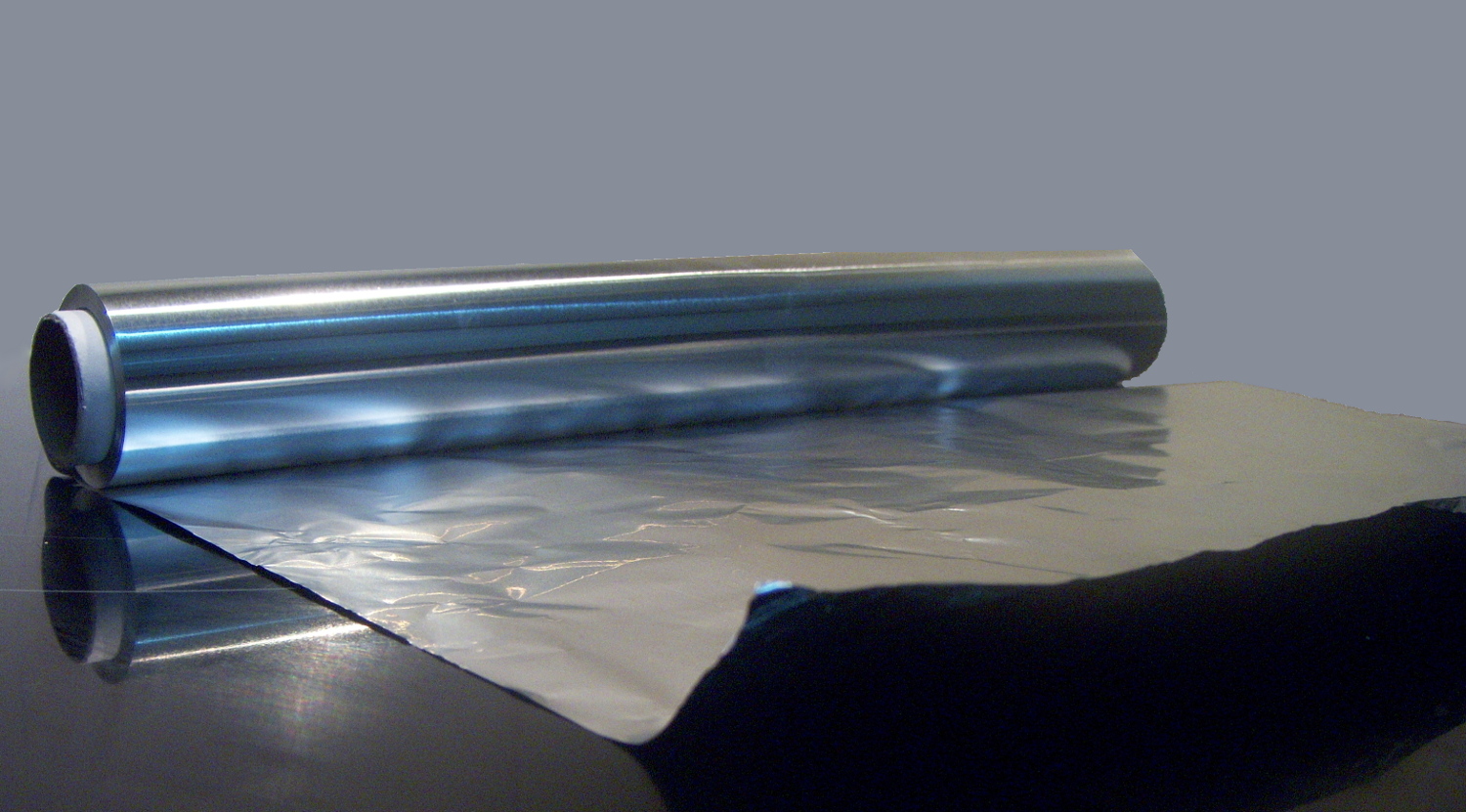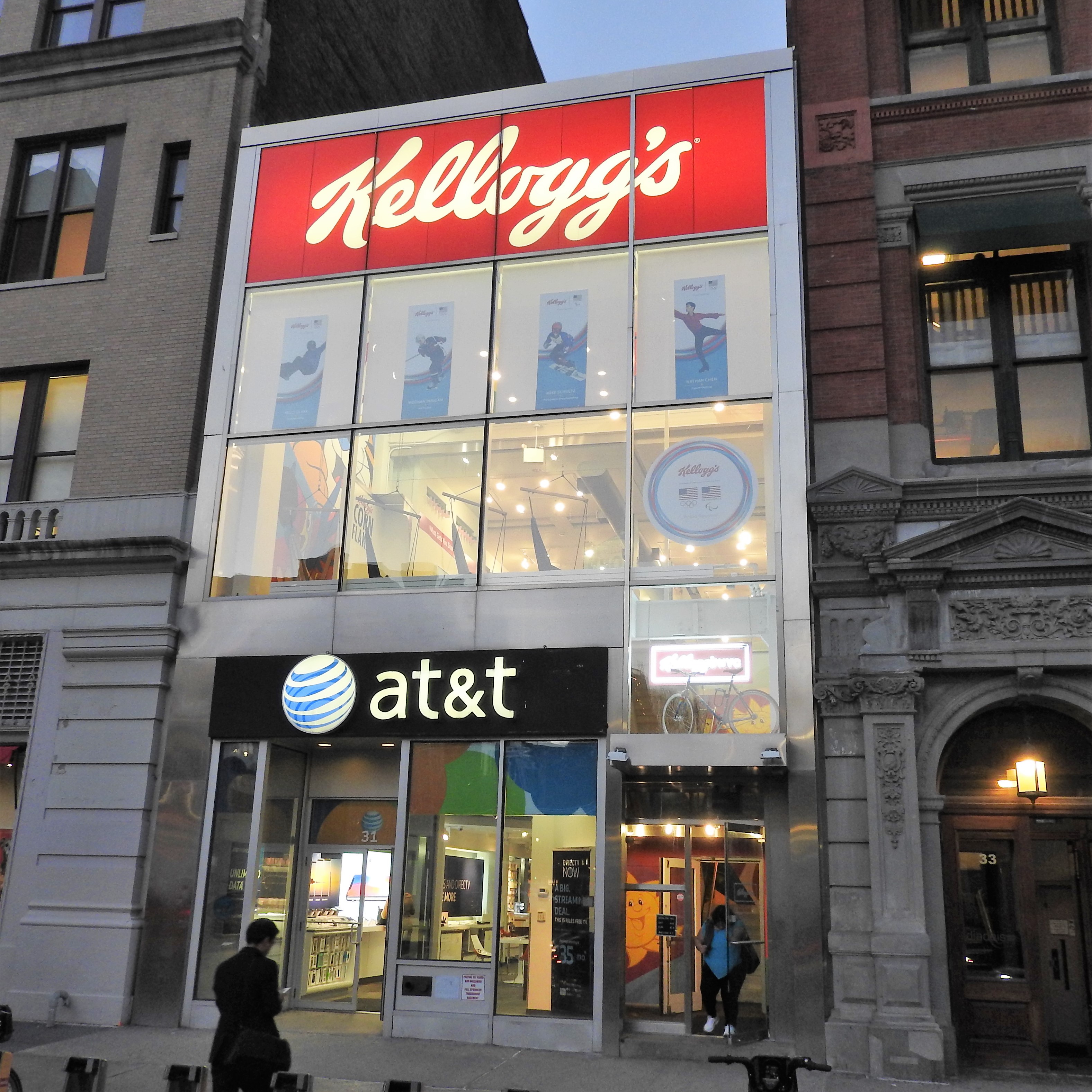|
Waxed Paper
Waxed paper (also wax paper, waxpaper, or paraffin paper) is paper that has been made moisture-proof and grease-proof through the application of wax. The practice of oiling parchment or paper in order to make it semi-translucent or moisture-proof goes back at least to the Middle Ages. Paper impregnated or coated with purified beeswax was widely used throughout the 19th century to retain or exclude moisture, or to wrap odorous products. Gustave Le Gray introduced the use of waxed paper for photographic negatives in 1851. Natural wax was largely replaced for the making of waxed paper (or paraffine paper) after Herman Frasch developed ways of purifying paraffin and coating paper with it in 1876. Waxed paper is commonly used in cooking for its non-stick properties, and wrapping food for storage, such as cookies, as it keeps water out or in. It is also used in arts and crafts. Food preparation Waxed paper is not recommended for baking use in an oven, as it will smoke and explode . P ... [...More Info...] [...Related Items...] OR: [Wikipedia] [Google] [Baidu] |
Aluminium Foil
Aluminium foil (or aluminum foil in North American English; often informally called tin foil) is aluminium prepared in thin metal leaves with a thickness less than ; thinner gauges down to are also commonly used. Standard household foil is typically thick, and heavy duty household foil is typically . The foil is pliable, and can be readily bent or wrapped around objects. Thin foils are fragile and are sometimes laminated with other materials such as plastics or paper to make them stronger and more useful. Annual production of aluminium foil was approximately in Europe and in the U.S."Foil & Packaging" . The Aluminum Association (USA). in 2003. Approximately 75% of aluminium foil is used for |
Waxed Paper Roses
Making waxed paper roses was a favourite hobby A hobby is considered to be a regular activity that is done for enjoyment, typically during one's leisure time. Hobbies include collecting themed items and objects, engaging in creative and artistic pursuits, playing sports, or pursuing oth ... among Sri Lankan women. This hobby lasted until the late sixties. Most women were homebound housewives who got involved in many such hobbies. Until recent decades few housewives were employed outside the home. These women found hobbies to occupy themselves during the day when the house chores were finished. Today most of these hobbies have become commercialized and are conducted as businesses. These roses brought income to the housewives. The waxed paper roses adorned many homes. Unlike in previous years most of the materials needed for such hobbies are now freely available at hardware stores and bookshops. References Kulathunga, P. (1999). ''Making Paper Waxed Roses'' . Sri L ... [...More Info...] [...Related Items...] OR: [Wikipedia] [Google] [Baidu] |
Photography
Photography is the art, application, and practice of creating durable images by recording light, either electronically by means of an image sensor, or chemically by means of a light-sensitive material such as photographic film. It is employed in many fields of science, manufacturing (e.g., photolithography), and business, as well as its more direct uses for art, film and video production, recreational purposes, hobby, and mass communication. Typically, a lens is used to focus the light reflected or emitted from objects into a real image on the light-sensitive surface inside a camera during a timed exposure. With an electronic image sensor, this produces an electrical charge at each pixel, which is electronically processed and stored in a digital image file for subsequent display or processing. The result with photographic emulsion is an invisible latent image, which is later chemically "developed" into a visible image, either negative or positive, depending on the purp ... [...More Info...] [...Related Items...] OR: [Wikipedia] [Google] [Baidu] |
Capacitor
A capacitor is a device that stores electrical energy in an electric field by virtue of accumulating electric charges on two close surfaces insulated from each other. It is a passive electronic component with two terminals. The effect of a capacitor is known as capacitance. While some capacitance exists between any two electrical conductors in proximity in a circuit, a capacitor is a component designed to add capacitance to a circuit. The capacitor was originally known as the condenser, a term still encountered in a few compound names, such as the ''condenser microphone''. The physical form and construction of practical capacitors vary widely and many types of capacitor are in common use. Most capacitors contain at least two electrical conductors often in the form of metallic plates or surfaces separated by a dielectric medium. A conductor may be a foil, thin film, sintered bead of metal, or an electrolyte. The nonconducting dielectric acts to increase the capacitor's c ... [...More Info...] [...Related Items...] OR: [Wikipedia] [Google] [Baidu] |
Electrical Insulator
An electrical insulator is a material in which electric current does not flow freely. The atoms of the insulator have tightly bound electrons which cannot readily move. Other materials—semiconductors and conductors—conduct electric current more easily. The property that distinguishes an insulator is its resistivity; insulators have higher resistivity than semiconductors or conductors. The most common examples are non-metals. A perfect insulator does not exist because even insulators contain small numbers of mobile charges (charge carriers) which can carry current. In addition, all insulators become electrically conductive when a sufficiently large voltage is applied that the electric field tears electrons away from the atoms. This is known as the breakdown voltage of an insulator. Some materials such as glass, paper and PTFE, which have high resistivity, are very good electrical insulators. A much larger class of materials, even though they may have lower bulk resistivity, ... [...More Info...] [...Related Items...] OR: [Wikipedia] [Google] [Baidu] |
Dielectric Strength
In physics, the term dielectric strength has the following meanings: *for a pure electrically insulating material, the maximum electric field that the material can withstand under ideal conditions without undergoing electrical breakdown and becoming electrically conductive (i.e. without failure of its insulating properties). *For a specific piece of dielectric material and location of electrodes, the minimum applied electric field (i.e. the applied voltage divided by electrode separation distance) that results in breakdown. This is the concept of breakdown voltage. The theoretical dielectric strength of a material is an intrinsic property of the bulk material, and is independent of the configuration of the material or the electrodes with which the field is applied. This "intrinsic dielectric strength" corresponds to what would be measured using pure materials under ideal laboratory conditions. At breakdown, the electric field frees bound electrons. If the applied electric field is ... [...More Info...] [...Related Items...] OR: [Wikipedia] [Google] [Baidu] |
Kellogg's
The Kellogg Company, doing business as Kellogg's, is an American multinational food manufacturing company headquartered in Battle Creek, Michigan, United States. Kellogg's produces cereal and convenience foods, including crackers and toaster pastries, and markets their products by several well-known brands including Corn Flakes, Rice Krispies, Frosted Flakes, Pringles, Eggo, and Cheez-It. Kellogg's mission statement is "Nourishing families so they can flourish and thrive." Kellogg's products are manufactured and marketed in over 180 countries. Kellogg's largest factory is at Trafford Park in Trafford, Greater Manchester, United Kingdom, which is also the location of its UK headquarters. Other corporate office locations outside of Battle Creek include Chicago, Dublin (European Headquarters), Shanghai, and Querétaro City. Kellogg's holds a Royal Warrant from King Charles III and formerly Queen Elizabeth II until her death in 2022. History In 1876, John Harvey Kellogg ... [...More Info...] [...Related Items...] OR: [Wikipedia] [Google] [Baidu] |
Waxtite
Waxtite, also WaxTite is the trade name of the heat-sealed waxed-paper packaging system that was used by Will Keith Kellogg William Keith Kellogg (April 7, 1860 – October 6, 1951), generally referred to as W.K. Kellogg, was an American industrialist in food manufacturing, best known as the founder of the Kellogg's, Kellogg Company, which produces a wide variety of ... in 1914, around the outside of their cereal boxes. Subsequently, the Waxtite packaging was moved inside the box. References Packaging materials {{material-stub ... [...More Info...] [...Related Items...] OR: [Wikipedia] [Google] [Baidu] |
Plastic-coated Paper
Plastic-coated paper is a coated or laminated composite material made of paper or paperboard with a plastic layer or treatment on a surface. This type of coated paper is most used in the food and drink packaging industry. Function The plastic is used to improve functions such as water resistance, tear strength, abrasion resistance, ability to be heat sealed, etc. Some papers are laminated by heat or adhesive to a plastic film to provide barrier properties in use. Other papers are coated with a melted plastic layer: curtain coating is one common method. Printed papers commonly have a top coat of a protective polymer to seal the print, provide scuff resistance, and sometimes gloss. Some coatings are processed by UV curing for stability. Components Most plastic coatings in the packaging industry are polyethylene (LDPE) and to a much lesser degree PET. Liquid packaging board cartons typically contain 74% paper, 22% plastic and 4% aluminum. Frozen food cartons are usually made u ... [...More Info...] [...Related Items...] OR: [Wikipedia] [Google] [Baidu] |
Mylar
BoPET (biaxially-oriented polyethylene terephthalate) is a polyester film made from stretched polyethylene terephthalate (PET) and is used for its high tensile strength, chemical and dimensional stability, transparency, reflectivity, gas and aroma barrier properties, and electrical insulation. A variety of companies manufacture boPET and other polyester films under different brand names. In the UK and US, the best-known trade names are Mylar, Melinex, and Hostaphan. History BoPET film was developed in the mid-1950s,Izard, Emmette Farr"Production of polyethylene terephthalate" U.S. patent no. 2,534,028 (filed: 1948 May 13; issued: 1950 December 12). originally by DuPont, Imperial Chemical Industries (ICI), and Hoechst. In 1955 Eastman Kodak used Mylar as a support for photographic film and called it "ESTAR Base". The very thin and tough film allowed reels to be exposed on long-range U-2 reconnaissance flights. In 1964, NASA launched Echo II, a diameter balloon constructed ... [...More Info...] [...Related Items...] OR: [Wikipedia] [Google] [Baidu] |
Plastic
Plastics are a wide range of synthetic or semi-synthetic materials that use polymers as a main ingredient. Their plasticity makes it possible for plastics to be moulded, extruded or pressed into solid objects of various shapes. This adaptability, plus a wide range of other properties, such as being lightweight, durable, flexible, and inexpensive to produce, has led to its widespread use. Plastics typically are made through human industrial systems. Most modern plastics are derived from fossil fuel-based chemicals like natural gas or petroleum; however, recent industrial methods use variants made from renewable materials, such as corn or cotton derivatives. 9.2 billion tonnes of plastic are estimated to have been made between 1950 and 2017. More than half this plastic has been produced since 2004. In 2020, 400 million tonnes of plastic were produced. If global trends on plastic demand continue, it is estimated that by 2050 annual global plastic production will reach over 1, ... [...More Info...] [...Related Items...] OR: [Wikipedia] [Google] [Baidu] |


.jpg)


